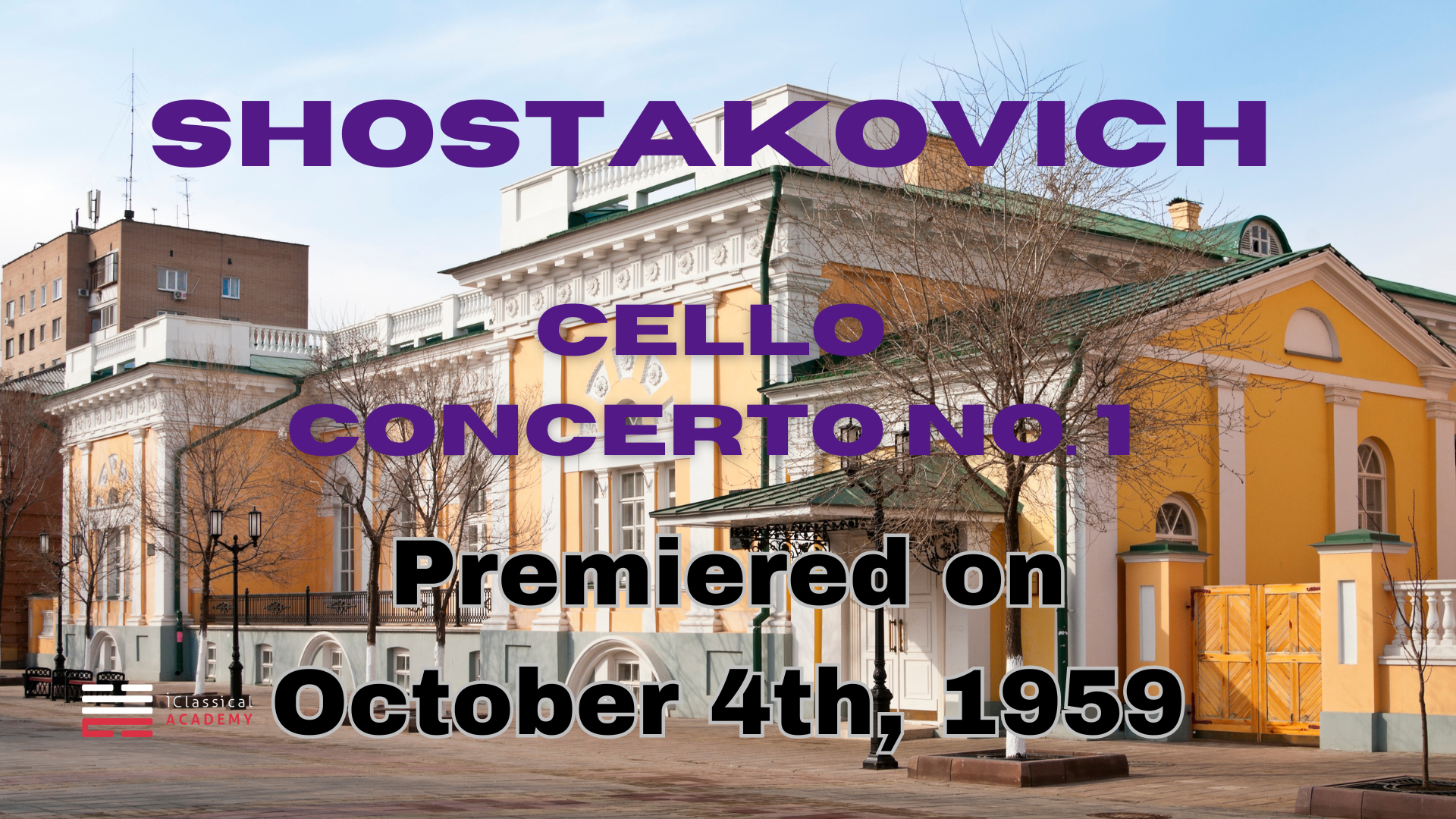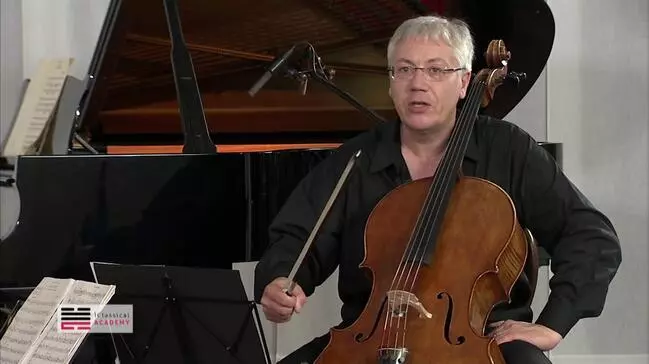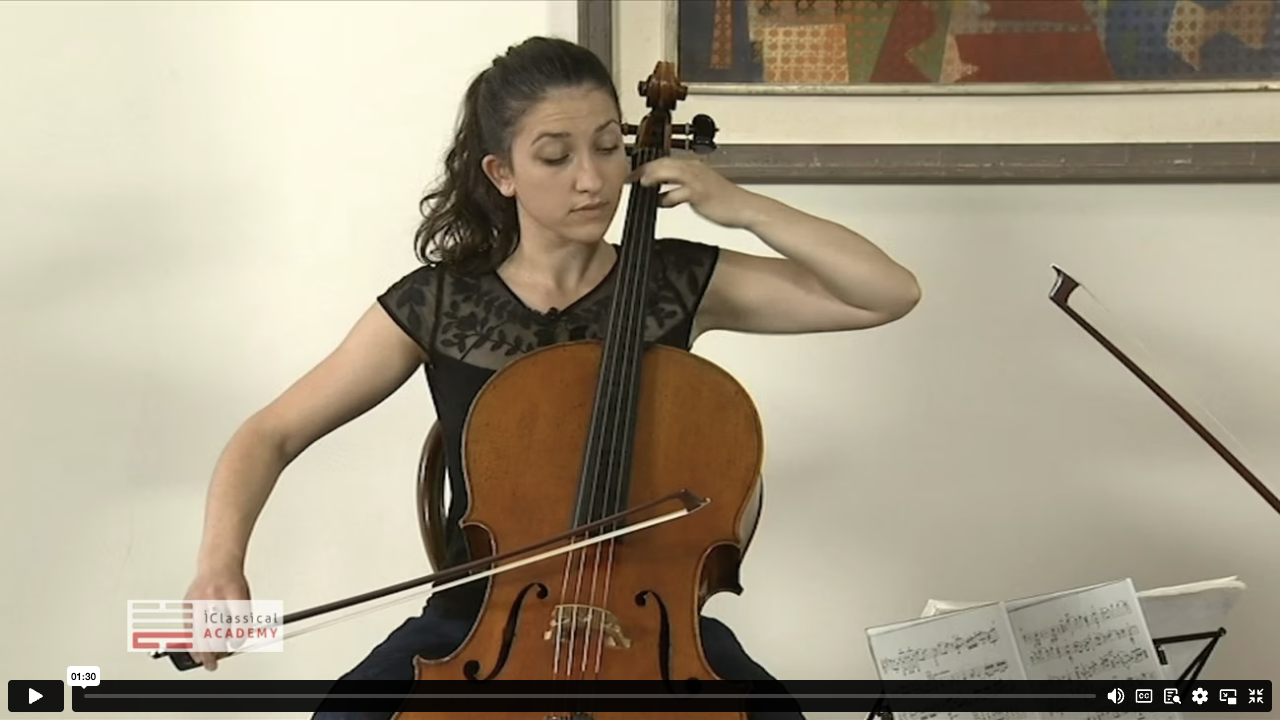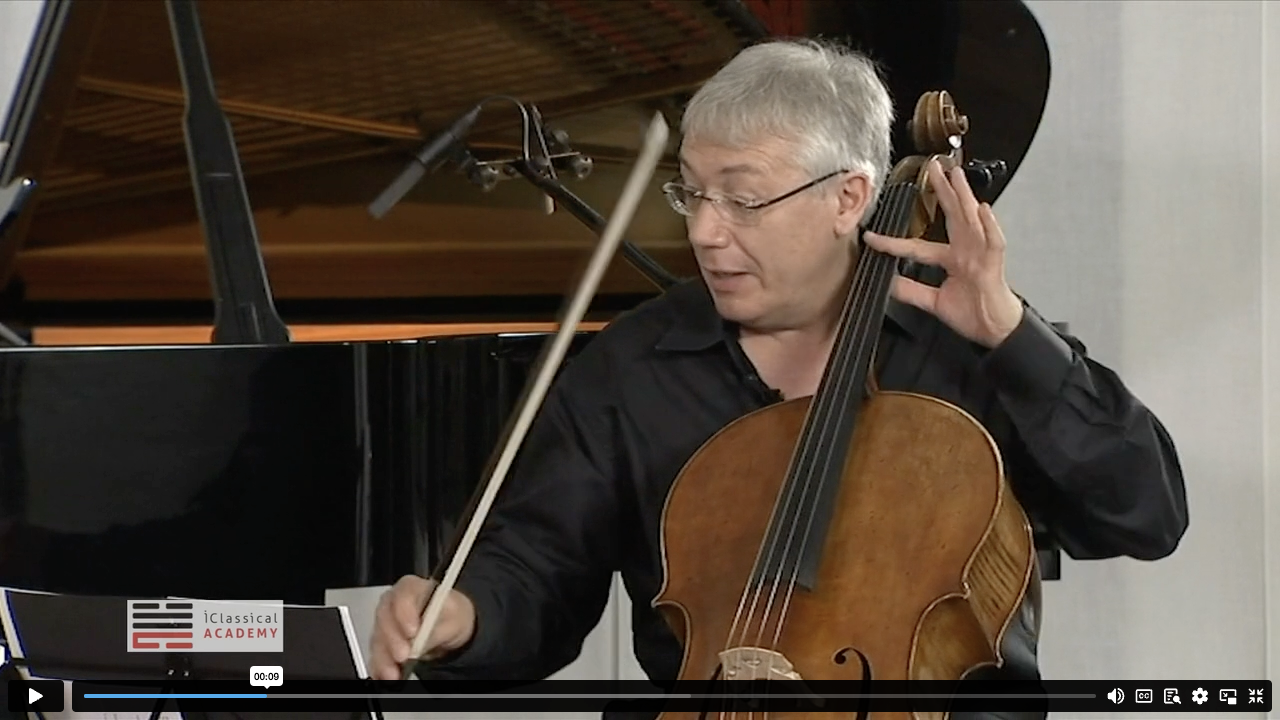
Dmitri Shostakovich's Cello Concerto No. 1 in E-flat Major, Op. 107 is one of the most important and frequently performed cello concertos of the 20th century. Composed in 1959 for the legendary cellist Mstislav Rostropovich, it showcases Shostakovich’s signature style: a blend of raw emotion, ironic humor, and a dark, introspective depth, all set against the turbulent backdrop of Soviet political pressures. Here’s an overview of key aspects of this remarkable work:
Historical Context
Shostakovich composed the Cello Concerto No. 1 during the Khrushchev Thaw, a relative political and cultural relaxation period in the Soviet Union following Stalin's death. Despite this reprieve from the strict censorship and artistic repression under Stalin, Shostakovich remained wary of government scrutiny and ideological interference in his works.
The concerto was written when he grappled with the complex relationship between his creative freedom and Soviet authority. However, the work does not overtly display political themes, though it carries deep emotional weight and personal expression.
Premiere
Mstislav Rostropovich premiered the piece on October 4, 1959, with Yevgeny Mravinsky conducting the Leningrad Philharmonic Orchestra. The concerto became an immediate success, mainly due to Rostropovich’s virtuosic performance and personal connection with Shostakovich.

Structure and Movements
The concerto comprises four movements with a unique structural layout: the first and second movements are linked without a break, as are the third and fourth. The work is known for its intensity, dynamic contrasts, and unique orchestration.
I. Allegretto
This bold and angular opening movement features a prominent four-note motif that becomes a recurring idea throughout the concerto. This motif is often described as mocking or ironic, setting a tone of defiance and nervous energy. The orchestra, especially the brass, adds a sharp, biting edge to the cello’s material. The motif is sometimes interpreted as a hidden signature, akin to Shostakovich’s DSCH (D-E♭-C-B) theme in other works, though in this concerto, it takes on different characteristics.
II. Moderato
The second movement contrasts the first, offering a haunting, reflective, lyrical passage. The cello takes on a more meditative and melancholic role, with long, flowing lines and a restrained, almost mournful quality. This movement showcases Shostakovich’s ability to create a deep sense of introspection, reflecting a darker emotional landscape. The orchestra supports with delicate, ethereal textures, creating a mood of reflection and solitude.
III. Cadenza
The third movement is an extended cadenza for the solo cello, which acts as a bridge between the second and final movements. It is one of the concerto's most demanding passages, requiring the soloist to engage in virtuosic and emotionally charged playing. The cadenza expands on themes from the first two movements, allowing the soloist to explore various technical and expressive possibilities before leading directly into the finale.
IV. Allegro con moto
The final movement returns to the first's more aggressive, driving energy. It’s filled with syncopations, rhythmic vitality, and a mix of jubilant and tense moods. The solo cello is pitted against the orchestra in a complex, tightly woven interplay of ideas. The movement ends with excitement yet retains the tension and ambiguity that characterize much of Shostakovich’s music.
Musical Features
Motivic Development: The four-note motif introduced in the first movement acts almost as a psychological signature for the entire concerto. Throughout the work, it transforms from a sardonic, almost mocking gesture to something deeper and more poignant.
Irony and Ambiguity: Shostakovich’s music often carries layers of meaning, and the Cello Concerto No. 1 is no exception. The music's energetic, sometimes playful surface often gives way to moments of deep sadness or biting irony. These shifts in mood reflect Shostakovich’s dual nature as both a public figure in the Soviet system and a private artist with his inner conflicts.
Virtuosity: The concerto was written for Rostropovich, one of the greatest cellists of all time, and it exploits the full range of the cello’s expressive and technical capabilities. The cadenza, in particular, showcases the cellist's ability to blend lyrical beauty with technical brilliance.
Orchestration: The work is notable for its economical use of the orchestra, with a relatively small orchestral complement. Despite this, the interaction between the soloist and orchestra is rich and varied, with the solo cello often carrying much of the thematic and emotional weight.
Legacy and Influence
Shostakovich’s Cello Concerto No. 1 has become one of the most essential works in the cello repertoire. Its emotional depth, virtuosic demands, and intricate structure have made it a favorite among cellists and a staple in concert halls worldwide. Rostropovich, for whom it was written, remained one of its most celebrated interpreters throughout his career.
Many scholars and performers continue to interpret the concerto as a reflection of Shostakovich's personal struggles under the Soviet regime, filled with coded messages of resistance, suffering, and irony. However, the work’s universal emotional resonance has ensured its lasting place in the canon of 20th-century music.
Masterclass Peter Szabo
Peter Szabo is a Hungarian cellist known for contributing to classical music as a soloist, chamber musician, and educator. He is recognized for his versatile performances across a broad repertoire, including traditional and contemporary cello works.
In addition to performing, Peter Szabo is deeply involved in music education. He has taught at various music academies and conservatories, sharing his knowledge with the next generation of cellists. He is also known to give masterclasses internationally, which further highlights his influence as an educator. For iClassical Academy Peter Szabo recorded the full Shostakovich Cello Concerto in four movements as Masterclasses with his brilliant assistant Janka Jambor.




